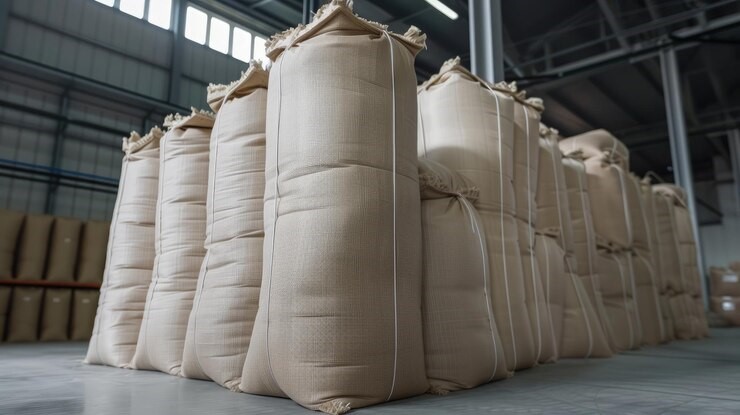A Comprehensive Overview
General Information
Urea, chemically known as carbamide, is an organic compound with the formula CO(NH₂)₂. It is a colorless, odorless solid that is highly soluble in water and is primarily produced as a nitrogen release fertilizer. Urea plays an essential role in various industries due to its versatility and effectiveness in promoting plant growth and providing nitrogen for various applications.
Urea was first discovered in 1773 by Dutch chemist Hermann Boerhaave but was synthesized for the first time in 1828 by Friedrich Wöhler, marking a significant milestone in organic chemistry as it was the first organic compound synthesized from inorganic precursors. Today, urea is manufactured on a massive scale globally, with production rates reaching several million tons annually.
Usage
Urea is predominantly utilized in the agricultural sector as a nitrogen-rich fertilizer. It provides an essential nutrient that crops require for growth, particularly in the production of amino acids and proteins. In fact, approximately 80% of the total urea produced worldwide is used as fertilizer. The advantages of using urea include:
- High Nitrogen Content: Urea contains about 46% nitrogen, delivering a concentrated source of this essential nutrient to plants.
- Versatility: Urea can be used in various agro-ecological settings and is suitable for different types of crops.
- Ease of Application: Urea can be applied directly to soil, as a foliar spray, or in combination with other fertilizers.
- Environmentally Friendly: When applied correctly, urea minimizes nitrogen leaching and enhances soil health.
Apart from agricultural applications, urea is also used in several industrial sectors:
- Chemicals Production: It’s a precursor in the production of a wide array of chemicals including melamine, which is used in plastics and laminates.
- Pharmaceuticals: Urea serves as an important ingredient in some topical medications and dermatological products due to its properties as a humectant and keratolytic agent.
- Resin Production: Urea-formaldehyde resins are widely used in wood products, adhesives, and coatings.

Production Process
The production of urea typically occurs through the reaction of ammonia (NH₃) and carbon dioxide (CO₂) in a process known as the urea synthesis process, which can be broken down into several key steps:
- Ammonia Production: The process begins with the production of ammonia, usually sourced from natural gas via the Haber-Bosch process. In this reaction, nitrogen from the air combines with hydrogen derived from natural gas at high pressure and temperature, producing ammonia.
- Carbon Dioxide Capture: Carbon dioxide is produced as a byproduct in the ammonia manufacturing process, making it a readily available feedstock for urea synthesis.
- Synthesis: The ammonia is reacted with carbon dioxide under high pressure and temperature in a reactor. This generates ammonium carbamate, which is further dehydrated to form urea:
2NH3+CO2→(NH2)2CO+H2O2NH3+CO2→(NH2)2CO+H2O
- Granulation: The urea solution is concentrated and then granulated to produce prills or granules which can be easily transported and applied.
- Storage and Distribution: The final urea product is cooled, stored, and distributed for commercial use. Urea is often sold in bulk or packaged in bags, depending on the target market.
Market Overview
The global urea market has shown steady growth, driven by increased agricultural production and the rising demand for crop yields. The Asia-Pacific region, particularly countries like China and India, represents the largest market for urea due to the high reliance on agricultural output. Other significant markets include North America, Europe, and Latin America.
Factors contributing to the growth of the urea market include:
- Increasing Population: A growing global population drives the demand for food, subsequently increasing the need for fertilizers.
- Rising Agricultural Activities: Enhanced agricultural production methods and the adoption of modern farming techniques also boost urea consumption.

Latest Price Trends
As of October 2023, urea prices have been influenced by several factors, including natural gas prices, supply chain dynamics, and global demand fluctuations. Prices were reported in the range of 400to400to600 per metric ton, depending on the region and market conditions. Prices may vary significantly based on geopolitical factors, such as trade policies, currency fluctuations, and changes in demand for fertilizers due to varying agricultural seasons.
Industries and suppliers are also adapting to sustainable practices, expecting further developments in pricing as new regulations or innovations in fertilizer production emerge.
Conclusion
Urea is an indispensable petrochemical product with significant applications in agriculture, chemicals, and pharmaceuticals. Its production process, primarily reliant on ammonia and carbon dioxide, is well-established and economically viable. With a growing global population and increasing agricultural demand, the market for urea is likely to continue on an upward trajectory, albeit influenced by geopolitical and economic fluctuations. Keeping an eye on pricing trends and market dynamics will be crucial for businesses involved in the production and sale of urea and its derivatives.









